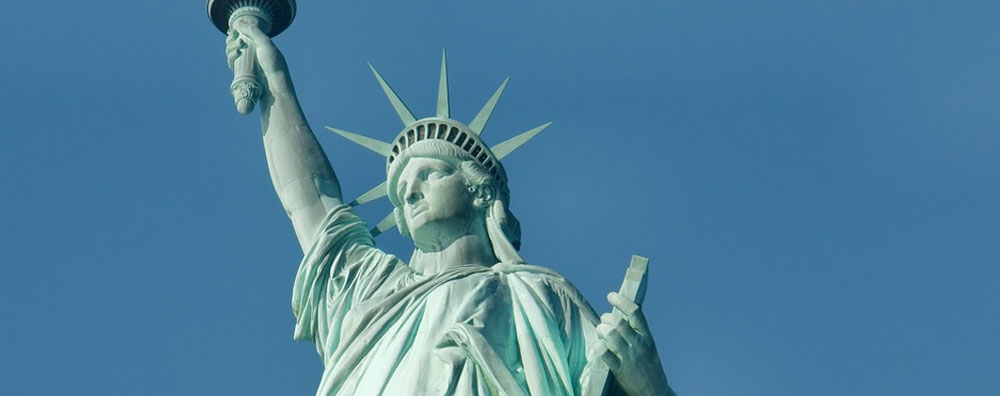USCIS Issues Final Rule to Adjust Certain Immigration and Naturalization Fees

Recently, the U.S. Citizenship and Immigration Services (USCIS) released a final rule to increase immigration and naturalization fees for multiple employment-based petitions and applications, effective April 1, 2024.
Background
The USCIS last adjusted its fees in December 2016. The final rule’s fee increases will allow the USCIS to help offset overall costs.The USCIS plans to hire additional personnel to help manage the sizeable number of cases the agency receives.
Final Rule
Under the final rule, the new fees will not increase more than 26%, equaling the increase in the consumer price index since the2016 fee rule. The new immigration and naturalization filing fees are as follows:
- H-1B visas—$780
- L-1 visas—$1,385
- O-1 visas—$1,055
- TN visas—$1,015
- H-2A visas—Up to $1,090
- H-2B visas—Up to $1,080
The final rule also establishes a new $600 asylum fee to be paid by all employers sponsoring temporary workers or workers filing for permanent residence visas. This fee applies anytime an employer uses Form I-129 for an initial petition, change of status or extension of stay.
While the new fees will go into effect on April 1, 2024, the USICS will accept prior additions of most forms during a grace period from April 1, 2024, through June 3, 2024. During this grace period, the USCIS will accept both previous and new editions of certain forms filed with the correct fee. However, there will be no grace period for using the new Form I-129, FormI-129 CW, Form I-140, Form I-600A and Form I-600. The USICS has released guidance to help individuals comply with the final rule. The final rule also includes several important updates since the initial rule making, including the expansion of fee exemptions and reductions for certain individuals, the provision of special fee discounts for nonprofit organizations and small business employers, and the implementation of a standard $50 discount for online filers.
3 Employment Policies to Review in 2024
The start of the year provides employers with an excellent opportunity to review and update their policies. This article exploresthree employment policies employers should consider reviewing in 2024.
1.CROWN Act
As of September 2023, 23 states passed the Creating a Respectful and Open World for Natural Hair (CROWN) Act. As manystates and localities adopt hair discrimination laws, employers must ensure their workplace dress code policies are current andcomply with state and local laws.
2.Pregnant Workers Fairness Act
The Pregnant Workers Fairness Act (PWFA), signed into law on Dec. 29, 2022, became effective on June 27, 2023. Under thislaw, employers with at least 15 employees must provide reasonable accommodations to workers with known limitationsrelated to pregnancy, childbirth or related medical conditions unless the accommodation will cause the employer an “unduehardship.” The U.S. Equal Employment Opportunity Commission (EEOC) has started accepting charges under the PWFA forsituations occurring on June 27, 2023, or later. Savvy employers will look at the EEOC’s final PWFA regulations and considerincluding a policy in their 2024 employee handbook that explicitly addresses PWFA accommodations.
3.Noncompete Agreements
In January 2023, the Federal Trade Commission (FTC) proposed a rule banning most noncompete agreements. The FTC isexpected to vote on this rule in April 2024. Many states have also passed noncompete bans or taken action to ensurenoncompetes are unenforceable. Due to the shifting legislation surrounding these policies, employers need to ensure theirnoncompete agreements are tailored to the state and locality where their employees work.
Summary
By understanding the most important rules and regulations to study in 2024, employers can take steps to ensure theiremployment policies are current and reflect the most recent regulatory developments. Contact us today for more resources.
